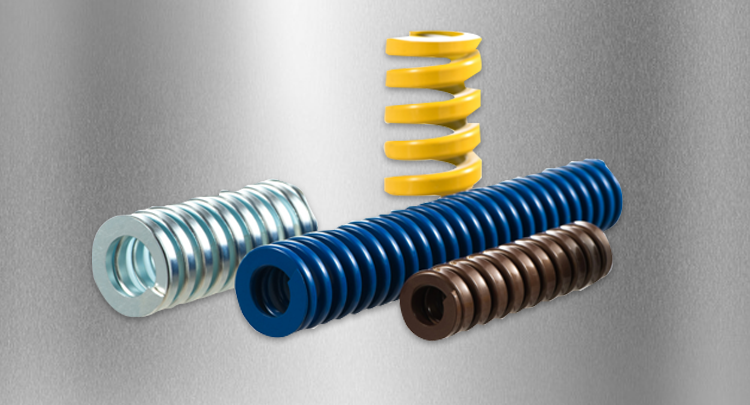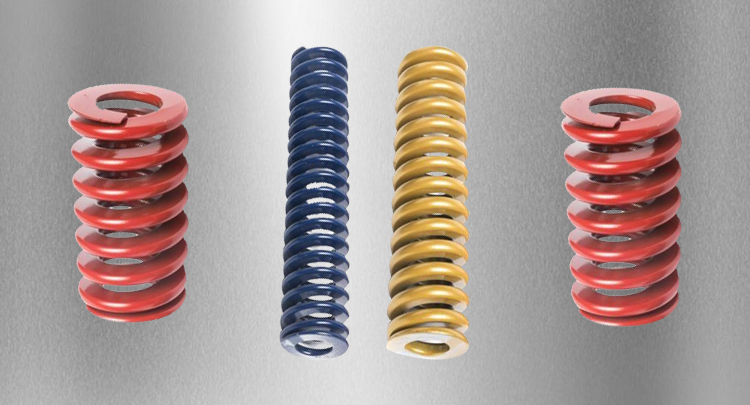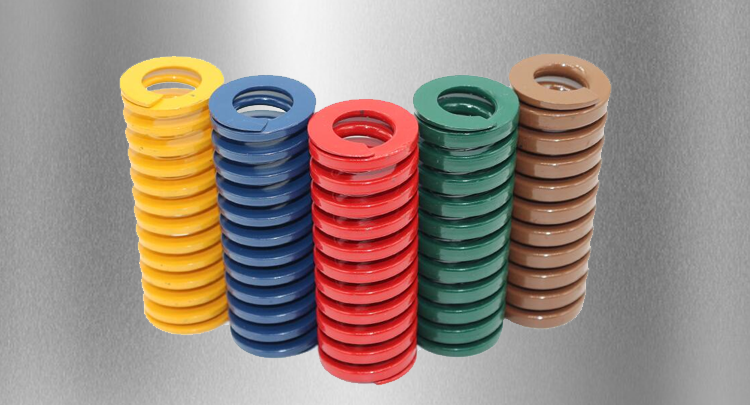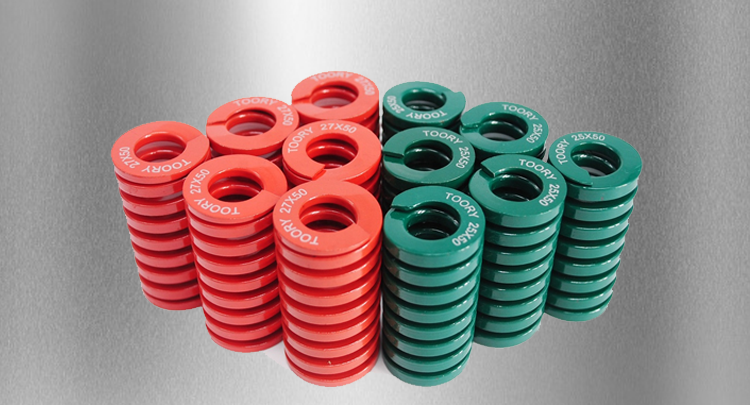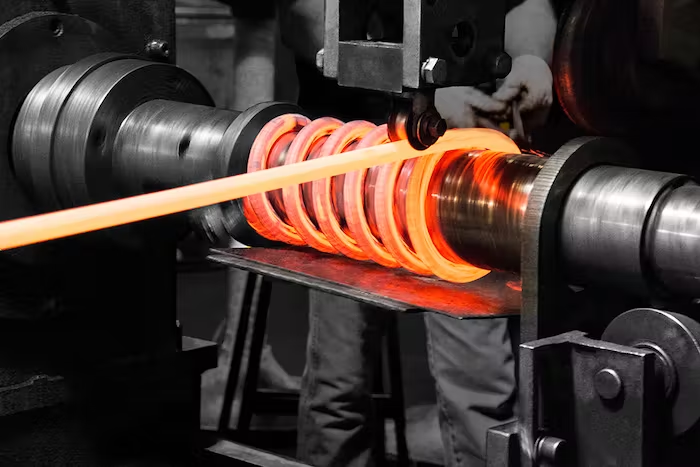Die Spring
Die springs are the dust springs which are powerful sort of helical pressure springs comprising of rectangular wire, ordinary utilized with die sets. For a similar value deflation, Die springs convey 30% more burden. These springs are intended to convey extremely high pressure loads in threatening conditions. Made for the most part for punch presses to give steady and solid resistance, die springs likewise track down use in different industries.
Product Description
Die springs are the dust springs which are powerful sort of helical pressure springs comprising of rectangular wire, ordinary utilized with die sets. For a similar value deflation, Die springs convey 30% more burden. These springs are intended to convey extremely high pressure loads in threatening conditions. Made for the most part for punch presses to give steady and solid resistance, Die springs likewise track down use in different industries.
Formula of Die Springs:
| # | Solid Height | Wire Diameter | Pitch | Work Load and Rate |
| 1 | Lsolid = dN | d = (D Outer – D Inner) / 2 | Closed ends p = (L-3d) / Na | k = L ÷ x |
| 2 | *Lsolid = solid height | *d = wire diameter | Closed and Ground p = (l-2d)/ Na | * k = Rate |
| 3 | *d = wire diameter | *Douter = outer diameter | Double Closed Ends p = (L–5d) ÷ Na | *F = Load |
| 4 | *N = total coils | *Dinner = Inner Diameter | Open Ends p = (L–d) ÷ Na | *x = Travel |
Tolerance data of die springs:
| Group | t or t' (mm) | Tolerance for t (mm) |
|---|---|---|
| 1 | 0.2 to 0.6 >0.6 to <1.25 |
+0.02/-0.06 +0.03/-0.09 |
| 2 | 1.25 to 3.8 >3.8 to 6.0 |
+0.04/-0.12 +0.05/-0.15 |
| 3 | >6.0 to 14.0 | +0.10/-0.10 |
